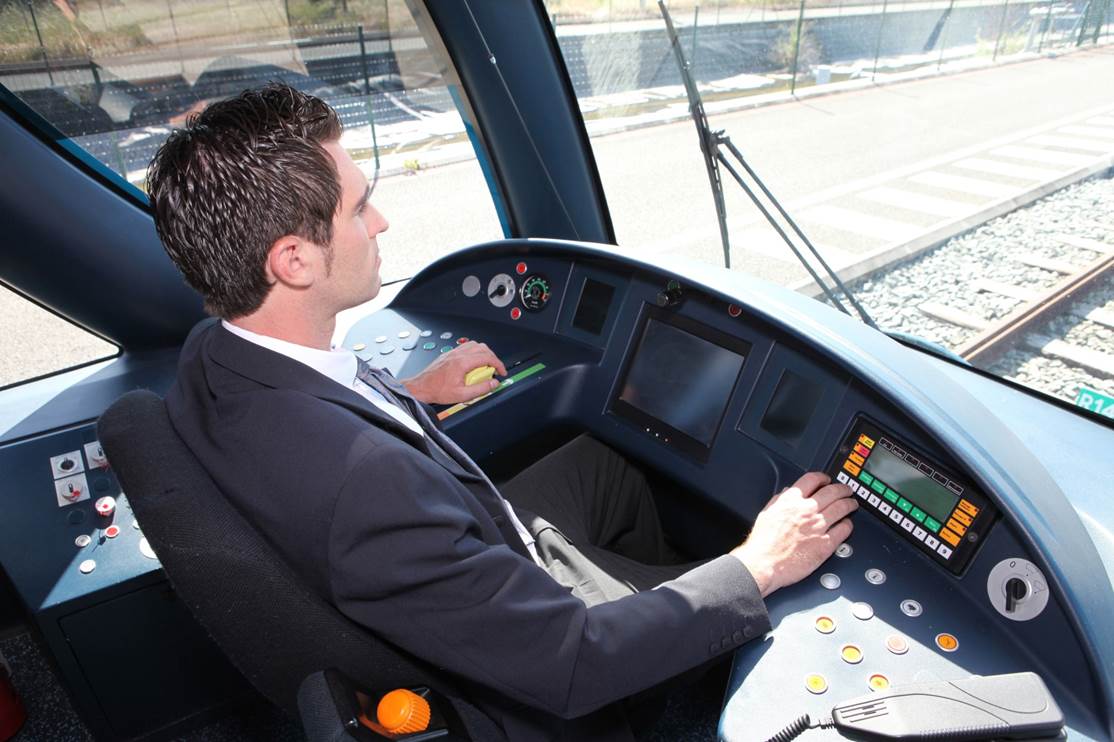User Centered Design
What is user-centered design?

User-centered design is a process to design tools that take user needs and requirements into account. It includes steps to identify these needs and requirements through interviews and/or observations of the target user. Some key parts of the user-centered designed process are:
- User needs are identified early on in the research and development (R&D) effort
- Users participate at each stage of Research & Development, through participatory design and prototype usability assessment
- Following this process, the resulting product is more likely to support user needs and is less likely to need costly modifications
If new technology introduces excessive physical or mental workload demands, sudden shifts in workload demands can degrade operator performance (Wreathall, et. al., 2007). For more information on user-centered design, see:http://www.usability.gov/what-and-why/user-centered-design.html
User-centered design in the railroad industry
 Researchers at the Volpe Center and MIT developed the Railroad Traffic Planner (see at right) through user-centered design. The planner shows positions of trains time through and has the ability to calculate times and speeds of these trains and draw string plots. The display helps operators save time by making these calculations for them. The planner has been implemented at four U.S. railroads.
Researchers at the Volpe Center and MIT developed the Railroad Traffic Planner (see at right) through user-centered design. The planner shows positions of trains time through and has the ability to calculate times and speeds of these trains and draw string plots. The display helps operators save time by making these calculations for them. The planner has been implemented at four U.S. railroads.
For more information on user-centered design, see:
- Federal Railroad Administration. (2004). Railroad traffic planner: User guide. Washington, DC: US Department of Transporation. http://transitdocs.com/files/data/volpe/rtp_guide.pdf
- Lee, M. T., (2004). Visualizing Railroad Operations: A Tool for Traffic Planners and Dispatchers. Presented at Railroad Dispatching Operations: Putting Research into Practice, September 30, 2004, Scottsdale, AZ. - See more at: http://www.volpe.dot.gov/our-work/safety-management-and-human-factors/human-factors-publications-and-papers#sthash.62JENRMg.dpuf
- Wreathall, J., Woods, D. D., Bing, A. J., and Christoffersen, K. (2007). Relative Risk of Workload Transitions in Positive Train Control. (Report No. DOT/FRA/ORD-07/12). Washington DC: Federal Railroad Administration.
